Axelar: Delivering Secure Cross-Chain Communication
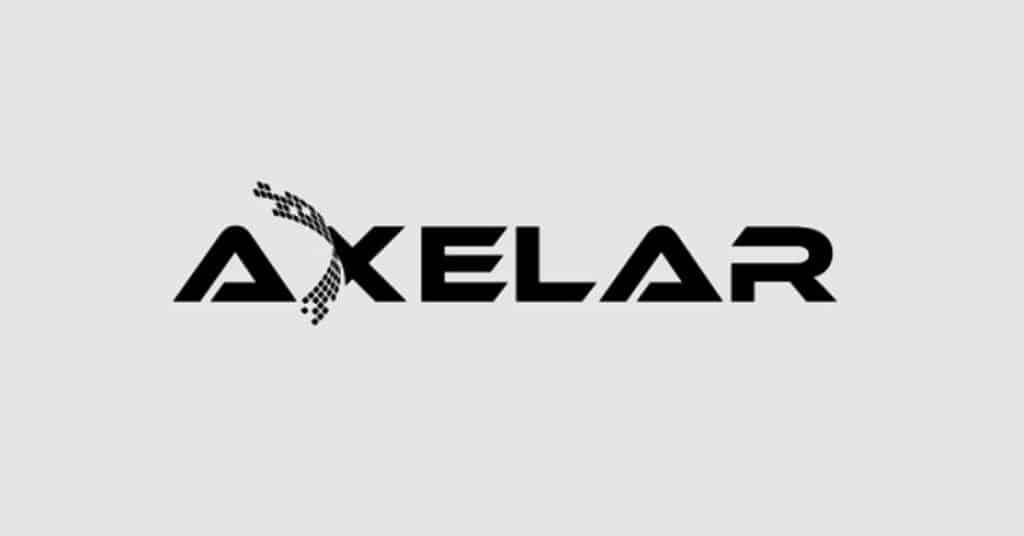
For anyone not familiar, what is Axelar?
Axelar delivers secure cross-chain communication. That means dApp users can interact with any asset, any application, on any chain, with one click. You can think of it as Stripe for Web3.
Developers interact with a simple API on top of a permissionless network that routes messages and ensures network security via proof-of-stake consensus.
Why is creating a cross-chain world so important?
Adoption of blockchain-based systems remains very narrow — both among application developers and end users. We need to create easier onramps for both. For developers, innovation and variety in development environments is accomplishing this, providing tools, libraries and programming languages that meet their needs. For users, the onramp cannot be 15 different onramps, each requiring its own set of private keys and a gas token. Interoperability means users can enter Web3 with the token of their choice, and access any dApp, built anywhere.
As an illustration, imagine if in order to buy something online, you and the seller had to both share the same bank. Larger, more successful online sellers would have to manage multiple bank accounts. Users would open new bank accounts in order to shop. That’s the current state of blockchain. If you think about it that way, Axelar is like a permissionless Stripe for Web3.
Is Axelar solving the bridge problem for crypto?
Yes. Bridges are ad-hoc efforts to solve the existing need for interoperability between blockchains. They are built mostly on centralized infrastructure, and often have code vulnerabilities. Users must click out to third-party service providers, at great risk to the safety of their assets. By contrast, Axelar bridges assets over uniform infrastructure and a decentralized, proof-of-stake network. Bridging takes place under the hood; application developers can build it into their dApps as a one-click user experience. Moreover, they have the choice to dispense with bridging altogether: Axelar supports arbitrary data. Using Axelar’s General Message Passing, developers have a choice to “bring the program to the asset,” instead of the other way around.
What does the Axelar token do?
We covered earlier how Axelar replaces centralized bridges with infrastructure that is uniform, decentralized and secured by proof-of-stake. Essentially, Axelar is a blockchain that connects blockchains. This infrastructure enables secure cross-chain communication and supports specific functionality that other cross-chain networks cannot provide. The AXL token makes this possible, supporting incentive and fee payments to validators and stakers, and governance over the network. You can read more about the AXL token, rewards and fees, here.
Who are your biggest backers and how are they helping you?
Axelar has raised capital from top-tier investors, including Binance, Coinbase, Dragonfly Capital and Polychain Capital. These backers and others provide insight that has helped Axelar quickly achieve product-market fit. In addition, our backers are constantly referring projects that are looking for better infrastructure to support cross-chain development.
Who are your biggest crypto partners?
Axelar works with dozens of projects building dApps cross-chain with documentation, technical support and marketing collaboration. In many cases, we have launched specific initiatives related to cross-chain liquidity with the largest dexes on the chains we connect. (Osmosis on Cosmos and Trisolaris on Near are examples of this.) Finally, we work with core teams and community leaders on all the chains we connect to activate and educate communities of developers.
What are the details of your token sale?
Axelar held a community sale via CoinList in March. on Sept. 27, our token will be publicly released. Full AXL tokenomics are described here.
What comes next for Axelar?
The AXL token launch on Sept. 27 is a big step toward permissionless security. Meanwhile, Axelar is working to onboard new chains and dApps, improve security and deliver new features for developers and users. Some of those features include providing General Message Passing on Cosmos, and supporting dApp-level security features, including transaction authorization controls and the ability to deploy additional cosigning nodes.

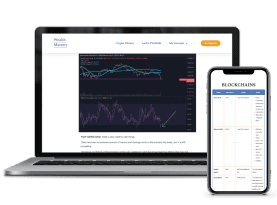






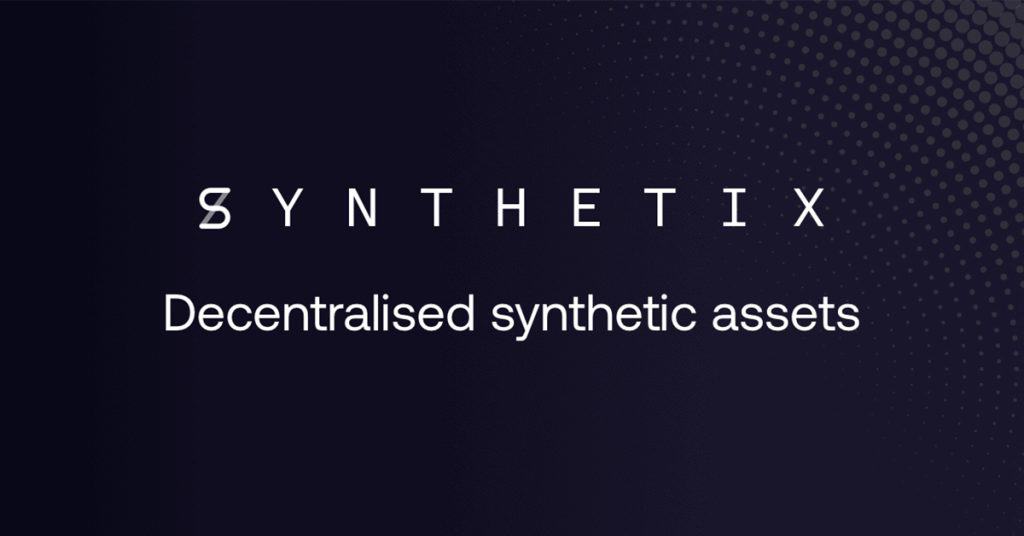
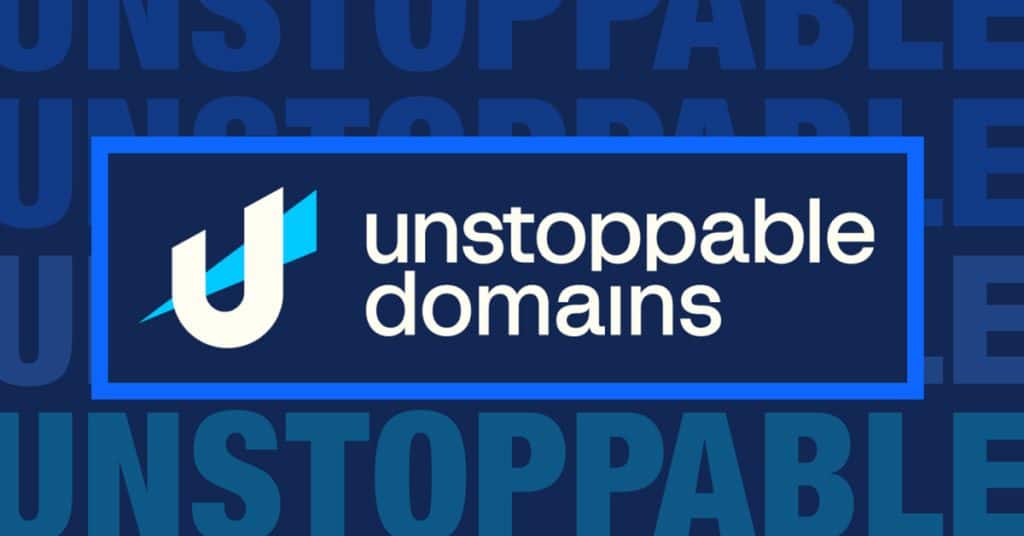
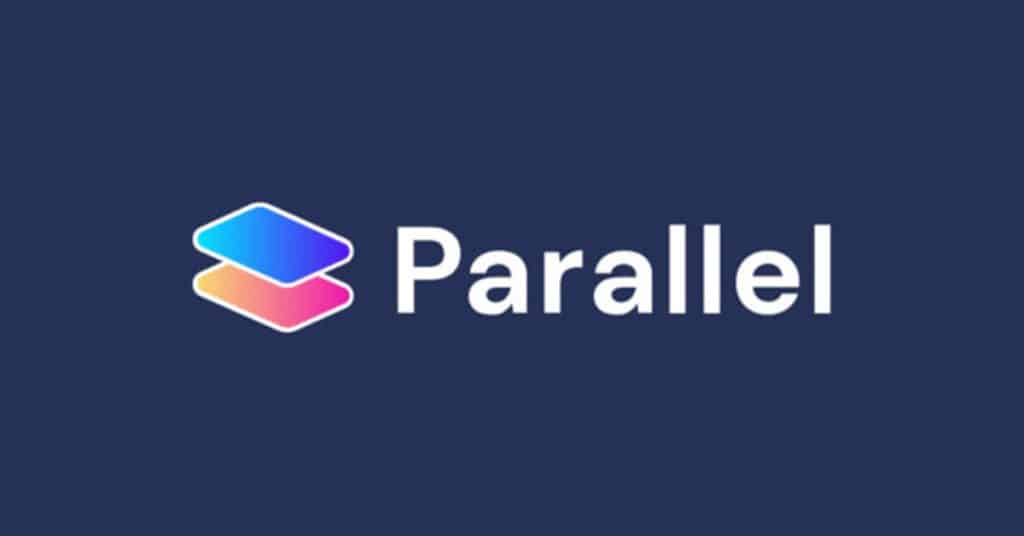
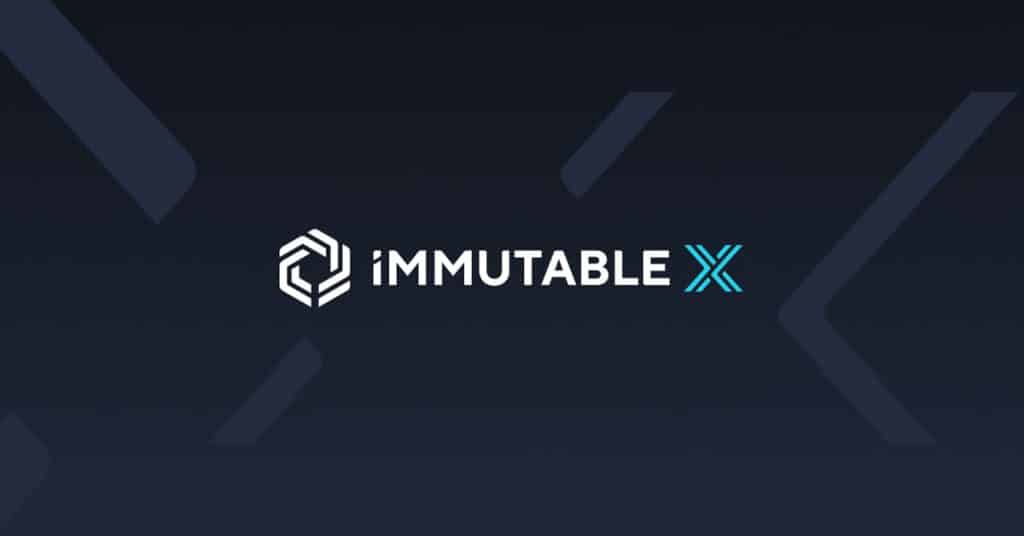

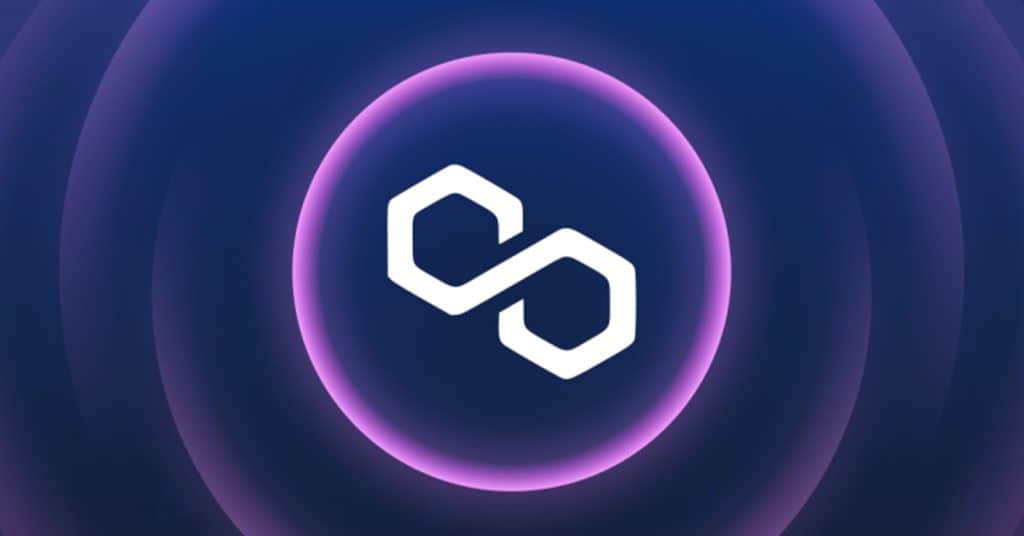
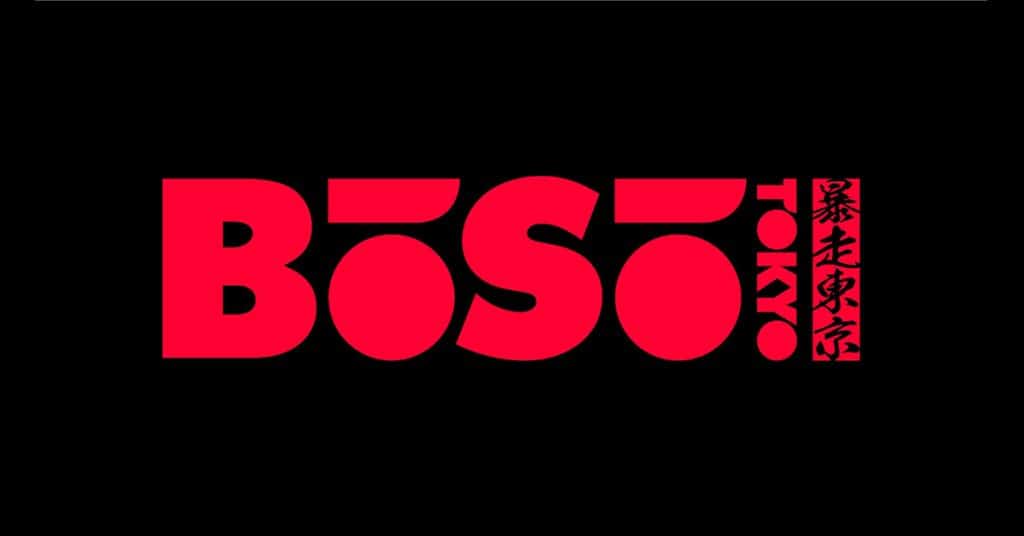

Responses